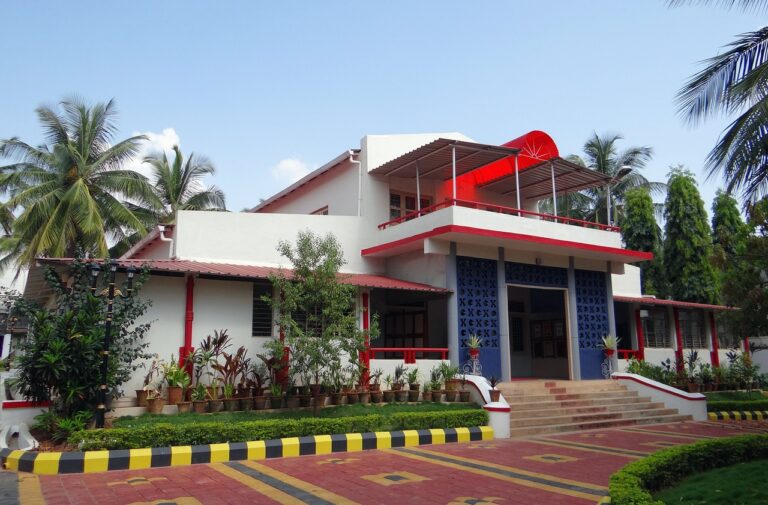Analyzing the Role of Polling Errors in Predicting Election Outcomes
Understanding polling methods is crucial in interpreting the results accurately. Polling methods encompass the ways in which data is collected, such as through telephone surveys, online polls, or in-person interviews. Each method has its strengths and limitations, which can significantly impact the validity of the results obtained. By familiarizing oneself with the intricacies of polling techniques, individuals can better assess the reliability of the data presented to them.
Furthermore, comprehending polling methods enables individuals to scrutinize the way questions are framed and how responses are recorded. Biases can arise if questions are leading or if respondents feel pressured to answer in a particular manner. Being aware of these nuances can help in identifying potential flaws in the polling process and in discerning whether the results are truly reflective of public opinion. In essence, understanding polling methods empowers individuals to critically evaluate and make informed judgments about the information presented to them.
The Impact of Sampling Bias on Polling Accuracy
Sampling bias can greatly affect the accuracy of polling results. When the sample of people surveyed is not representative of the entire population, the findings may not reflect the true opinions and preferences of the larger group. This can lead to misleading conclusions and inaccurate predictions, ultimately undermining the credibility of the poll.
One common source of sampling bias is nonresponse bias, where certain groups within the population are less likely to participate in the survey. This can skew the results towards those who are more willing to respond, leading to a misrepresentation of the overall sentiment of the population. It is crucial for pollsters to address and minimize sampling biases to ensure that their data accurately reflects the opinions and behaviors of the entire population.
• Nonresponse bias is a common source of sampling bias
• It skews results towards those who are more willing to respond
• Pollsters must address and minimize sampling biases for accurate data representation
Common Types of Polling Errors
One common type of polling error is known as “non-response bias.” This occurs when certain groups within the population are less likely to participate in the survey, skewing the results. This can lead to an inaccurate representation of the overall population’s opinions or characteristics.
Another type of polling error is “measurement bias,” which occurs when the questions asked in the survey are unclear, leading to respondents providing incorrect or misunderstood answers. This can distort the data collected and affect the validity of the poll results. It is crucial for pollsters to carefully design their surveys to minimize the potential for measurement bias and ensure the accuracy of the findings.
Why is it important to understand polling methods?
Understanding polling methods is important because different methods can lead to different results. By knowing how polls are conducted, you can better interpret the data and understand any potential biases.
How does sampling bias impact polling accuracy?
Sampling bias occurs when the sample used in a poll is not representative of the population being studied. This can lead to inaccurate results as the sample may not reflect the views or characteristics of the larger population.
What are some common types of polling errors?
Some common types of polling errors include sampling bias, nonresponse bias, question wording bias, and measurement error. Each of these errors can impact the accuracy of poll results in different ways.







